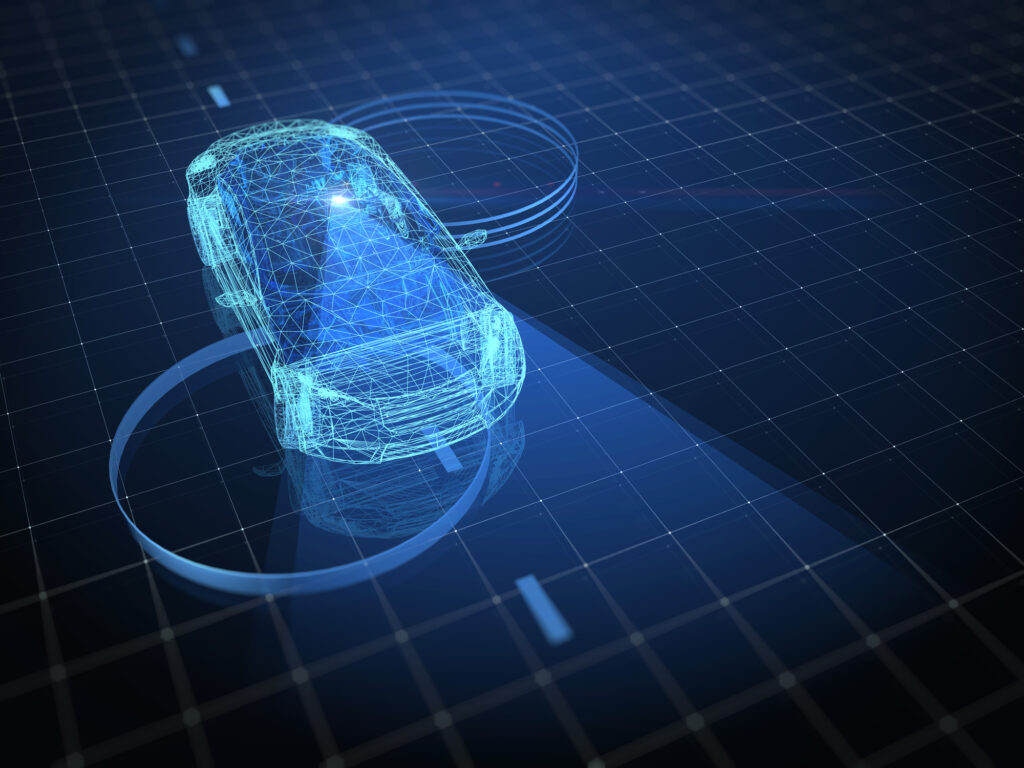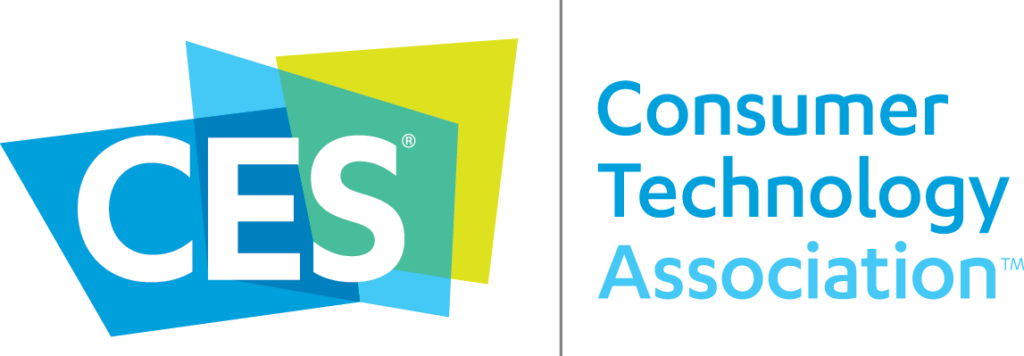

By Komal Doshi, Ann Arbor SPARK Director of Mobility Programs
Attending this year’s Consumer Electronic Show (CES) from the comfort of my home was a very different experience. I am sharing a few of the key trends that I felt dominated both the product announcements and the discussions at CES.
The Evolving Role of the Car
During the pandemic, the car became the safe haven and personal cocoon for families around the globe. From a utility standpoint, it often became a second home, office, and even a place to escape. Companies capitalized on this need and introduced improved digital architectures and products that would affect what we see, hear, feel, and experience. The solutions could be put into two buckets:
- The enhanced user experience created by the personalization of the car to match the customer’s need irrespective if they are the driver or the passenger. For example, the MBUX infotainment system introduced by Mercedes uses artificial intelligence to individualize and through continuous learning adapt to suit the user. The digital cockpit was supported by technology solutions that ranged from improved sound, touchscreen operation, navigation display with augmented reality technology, driver monitoring systems, intelligent voice control, and more to improve the spatial experience and safety of the vehicle. Another example was the Panasonic AR HUD which projects 3D images into the distance to highlight obstacles or enhance speed and navigation instructions, all without requiring a driver.
- The ability to share experiences together in the car and with improved 5G connectivity share experiences like music concerts or sporting events with others around the globe. One such example is Harman who took their “experiences per mile” concept to the next level through three new concepts: Gaming Intense Max, Creator Studio, and Drive-Live Concert.
The move toward more sophisticated electronics, more software, and improved 5G connectivity is quickly picking up pace. The “cloud-based car” allows the consumer to customize and upgrade the car by downloading select features. Additionally, the ability of the OEM to provide over-the-air software updates can offer better performance for a longer duration of time. Tesla has already shown the efficacy of this model but now more traditional automotive are joining the bandwagon.
Sustainability: The Race to Zero
Many mobility companies that made announcements during CES were focused on sustainability and carbon impact. Some of the trends in this space were:
EV Technology Improvements & Partnerships
The electric vehicle (EV) revolution has been many years in the making. General Motors (GM) who launched Bolt 25 years ago made some big announcements at CES regarding their EV strategy. GM Chairman and CEO Mary Barra spoke about the automotive industry — and GM within it — being at an inflection point (this even prompted rebranding with a new logo). As a result, the company has a new goal to create a more inclusive and sustainable future. To that end is the creation of the GM Ultium platform which leverages improvements in battery architecture, highly flexible electrical propulsion systems, and high energy battery chemistry that can reduce the cost of batteries by 60 percent and achieve twice the energy density making electric vehicles more affordable. With recent announcements like the Magna and LG joint venture, continued partnership between Panasonic and Tesla, and now Apple possibly looking for an OEM partner, this space is going to see diverse consumer offerings in coming years.
Charging and Routing
Another barrier to consumer adoption of EV has been the constant ‘range anxiety.’ Companies are now tackling this head-on. HERE and Bosch introduced a new EV routing feature to optimize both private and commercial electric vehicle routing while minimizing the number of charging stops and reducing battery charging times, based on the vehicle’s consumption model. HERE takes into account topography, road geometry, real-time traffic information, and traffic patterns while planning trips. It can be synced to Bosch’s information on the vehicle’s consumption model and also taking into account Bosch’s information on the location of charging stations and their availability.
Carbon Neutrality
CES also saw a growing number of mobility companies like Verizon, Continental, Bosch, Bridgestone, General Motors, and more rising to the carbon neutrality challenge. Bosch shared its achievement of becoming the first globally operating industrial enterprise to achieve net-zero carbon emissions across its 400 locations with respect to the energy it produces and the energy it sources externally. Bosch is also the first automotive supplier to join the Science Based Targets initiative with a specific and ambitious goal: by 2030, to cut upstream and downstream CO2 emissions by 15 percent.
Autonomous Vehicles and AI
Even though artificial intelligence was baked into product offerings by many mobility companies and beyond at CES, there was a dialed-back version of autonomous vehicle-related announcements this year. I really enjoyed the two conversations with Mobileye President and CEO Amnon Shashua who shared his views on Technological Megashifts Impacting our World and Intel/Mobileye News Conference: It’s Time to Go where he takes attendees on an intimate tour of his garage lab and discusses Mobileye’s autonomous vehicle strategy. He talks about the company’s autonomous vehicle strategy as a “trinity” — a three-pronged effort to drive rapid geographic and economic scalability.
Emerging New Modes and Business Models
There have been certain business models and modes that have been around for a few years, but either due to lack of acceptance or premature nature of technology have remained in their infancy. One of these is the online car retail business. Due to the pandemic, dealerships were forced to accept the efficacy of online sales, home tours, and curbside delivery models.
Another emerging model is Sono Motors who showed its second-generation Sion vehicle prototype which is the first solar electric vehicle for masses. It features 248 photovoltaic panels integrated into the vehicle’s body that will top up its battery pack during daylight hours, for up to 20 miles of extra range per day. There were also a few examples in the eVTOL and drone space. One key announcement was the collaborative effort between Skyward, a Verizon company, and UPS Flight Forward to deliver retail products with drones connected to Verizon 4G LTE, as well as 5G testing and integration for delivery. The companies aim to deliver retail products via connected drones at The Villages in Florida.
In Summary
As the world grapples with the impact of the pandemic, opportunities for the mobility industry are immense. Many of these were reflected in the announcements at CES. Here are a few lasting thoughts:
- The user experience in the car is extending beyond physical comfort and increasingly influenced by the digital experience. This includes the ability to personalize, customize, and connect through the car. A key ingredient to enable this is our digital identity which can travel across vehicles and modes to affect the entire mobility experience.
- Another key learning through the pandemic has been our ability to move more sustainably and for companies to really look at their carbon impact. Improvement in technology has created opportunities for more electric modes to be developed. Supportive policies and public sector intent will be crucial to further drive this trend.
- NHTSA announced a new rule that allows nonpassenger self-driving vehicles to skip some crash safety standards. This will increase the speed of rollout and save automotive companies money. However, without a national safety strategy, the scaling of AVs will continue to be challenging.